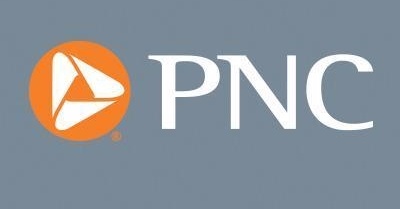 But Labor Market Recovery Continues
But Labor Market Recovery Continues- Initial claims for unemployment insurance rose slightly in the week ending July 3, but the four-week moving average fell.
- The number of people receiving unemployment insurance benefits continues to decline.
- Job growth will remain strong through the rest of this year.
Initial claims for unemployment insurance rose slightly in the week ending July 3, to 373,000, from 371,000 the previous week (revised higher from 364,000). The four-week moving average of claims, which smooths out some of the week-to-week volatility, was 394,500 in the week ending July 3, down 250 from the previous week. This is the lowest level for the moving average since March 2020, at the early stages of the pandemic. The four-week moving average has fallen in 12 of the last 13 weeks, and 20 of the last 22 weeks.
Initial claims jumped from 200,000 per week in early 2020 to more than 6 million in April of last year as the pandemic came to the U.S. They then fell quickly to around 900,000 per week by early August, then stabilized at between 700,000 and 900,000 between August and March. But since the spring claims have gradually but steadily fallen to below 400,000 per week. This is still about double their pre-pandemic level, however.
Initial claims under the Pandemic Unemployment Assistance program were 99,000 in the week ending July 3, down from 114,000 the previous week (not seasonally adjusted). PUA initial claims have been around 100,000 to 110,000 per week for the past month, after dipping below 80,000 for a couple of weeks before that. PUA initial claims peaked at 1.3 million in May 2020 as the program got underway in response to the pandemic.
A total of 14.2 million people were receiving some form of unemployment insurance benefit in the week ending June 19, down from 14.7 million the previous week (not seasonally adjusted). This is the lowest number of beneficiaries since April 2020, as the pandemic was starting to wreak havoc on the U.S. economy. But it is still many times the approximately 2 million weekly continued claims in early 2020, before the pandemic. Total continued claims peaked at 33.2 million in June 2020.
Continued claims under regular state UI programs fell to 3.339 million in the week ending June 26, down from 3.484 million the previous week. This is the lowest level for continued claims since before the pandemic, and down from a peak of more than 23 million in May 2020. But continued claims are well above their pre-recession level of around 1.7 million, and the pace of improvement has slowed in 2021. With most people receiving benefits via pandemic-related programs, state continued claims have become less important as a labor market indicator.
The labor market continues to gradually improve in mid-2021. Claims can be volatile around holidays, so the small increase in claims the week of Independence Day is not concerning. The trend is definitely improving, although unemployment still remains very high.
The U.S. economy added 850,000 jobs in June, above expectations, and has added an average of 567,000 jobs over the past three months. At this pace, employment would return to its pre-recession peak by mid-2022. One factor that may be restraining job growth is tight labor supply. A number of factors are restraining labor supply growth in mid-2021, including childcare difficulties, continuing concern over catching the coronavirus, and higher unemployment insurance benefits that may be leading some job seekers to be choosier in taking a new job.
Some states have stopped providing these extra benefits, with more to do so shortly; they are set to expire nationally in September. This could lead to more people entering the workforce, although there’s little evidence of that so far in state-level UI data. PNC expects job growth to average better than 600,000 per month through the rest of this year.
The PNC Financial Services Group, Inc. is one of the largest diversified financial services institutions in the United States, organized around its customers and communities for strong relationships and local delivery of retail and business banking including a full range of lending products; specialized services for corporations and government entities, including corporate banking, real estate finance and asset-based lending; wealth management and asset management. For information about PNC, visit www.pnc.com.













